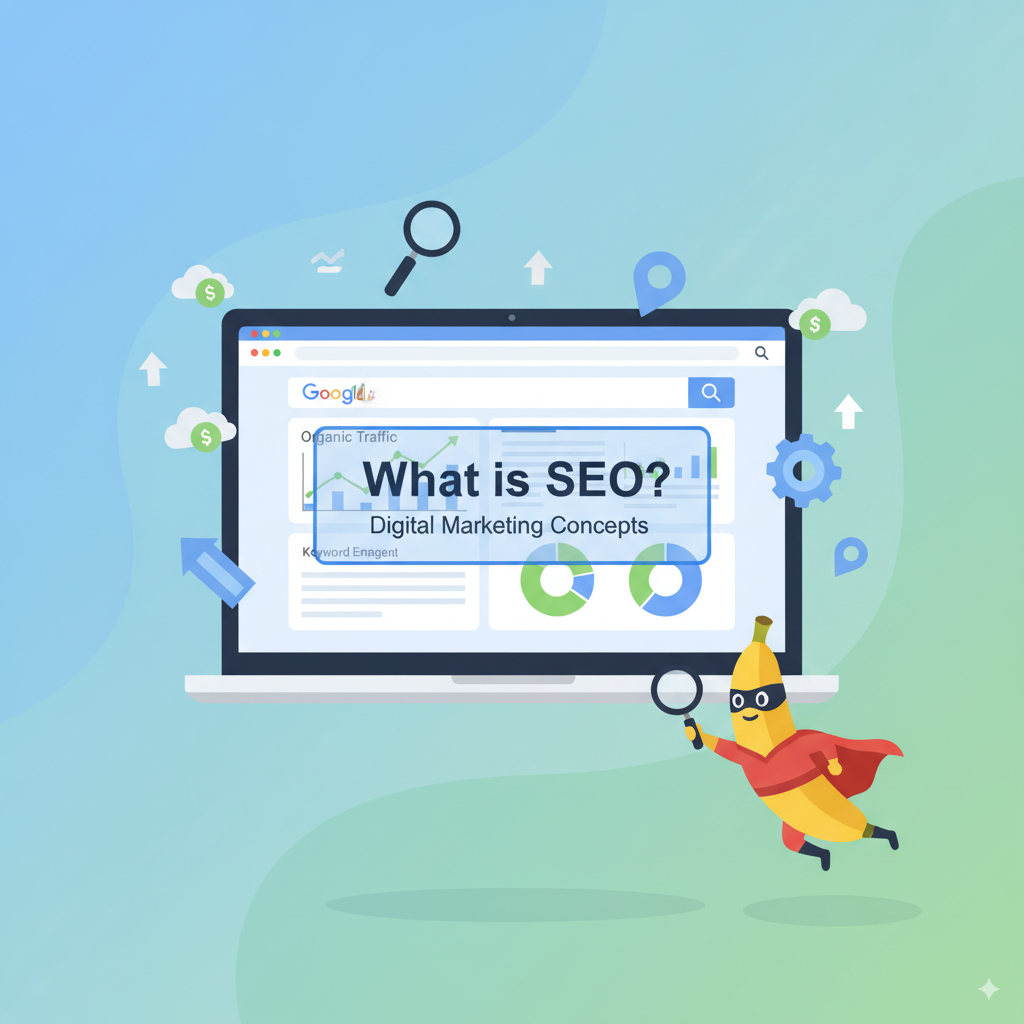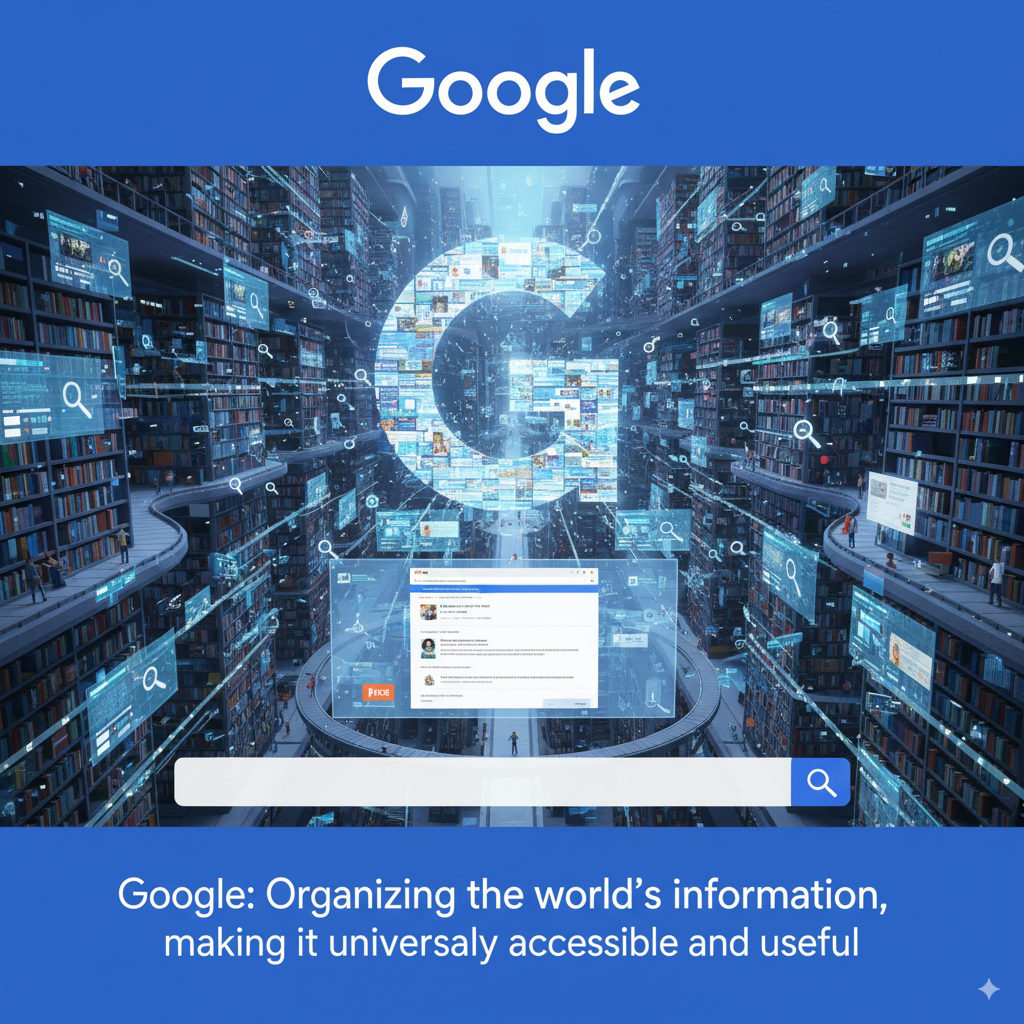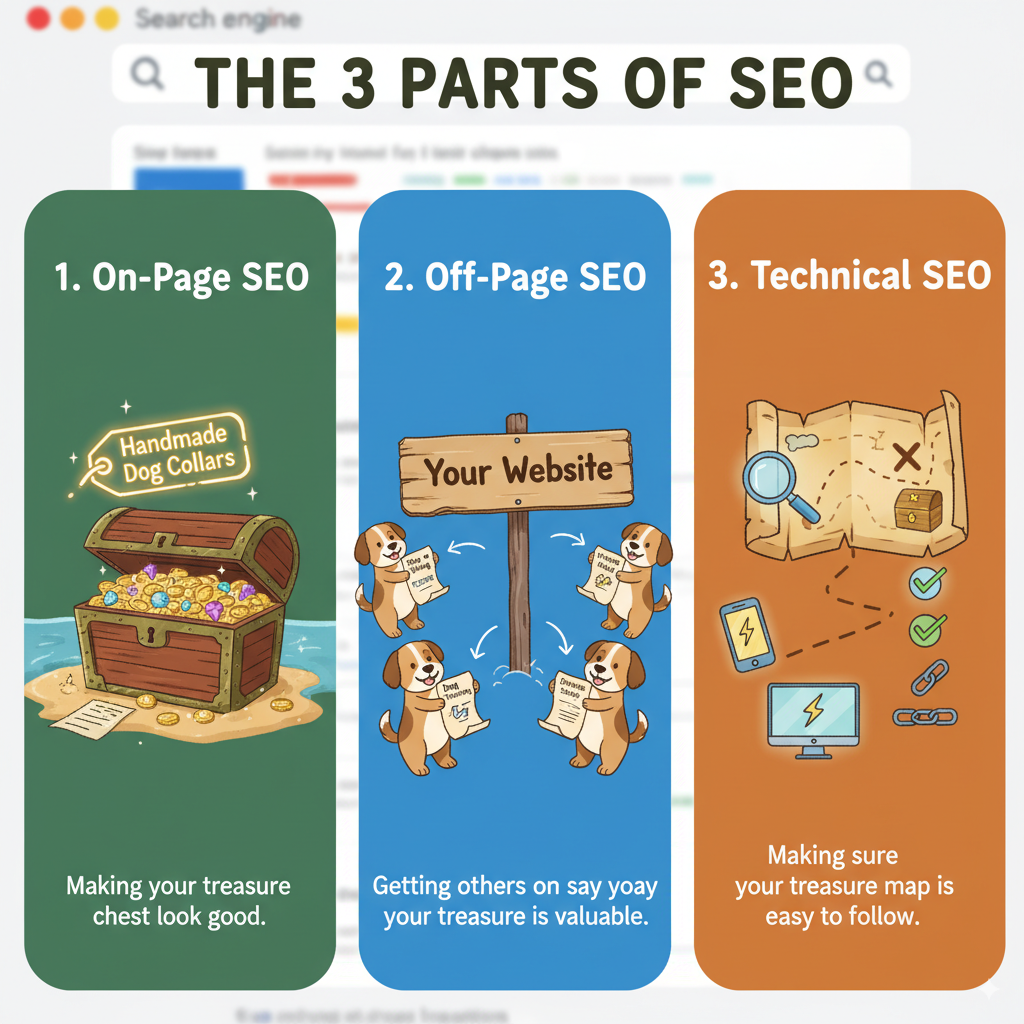
Ever wonder how some websites appear at the top of Googles search results? It’s not magic-it’s SEO! you’re a beginner looking to understand how to get your website seen by more people, this guide is for you.
So, what does SEO actually stand for?
SEO is short for Search Engine Optimization. Think of it as a way of making your website friendly for both search engines (like Google) and the people using them. By making specific improvements, you help search engines understand what your website is about so they can show it to the right people at the right time.
Imagine Google as a huge library

When someone searches online, they’re like a person asking a question in a library.
- Your website is a book in that library.
- SEO is the process of helping the librarian (Google) understand your book better. this means the librarian knows exactly which shelf to put it on so someone can find it when they ask the right question.
The better organized and easier to read your “book” is, the higher it will appear on the shelf, and the more likely people are to find and check it out.
Why is SEO important?
When you search for something online, how often do you click past the first page of results? Not often , right? The goal of SEO is to get your website on to that first page. This leads to more people finding your site, which means more potential customers, readers, or clients.
The three main parts of SEO (in simple terms)

SEO might sound complex, but it can can be broken down into three main areas.
1. On-page SEO (The content on your website)
This involves everything you can control directly on your website.
- Keywords: These area the words and phrase people type into a search engine. you use them naturally throughout your content so that search engines knows what your page is about.
- Quality Content: This means writing helpful, easy-to-read content that truly answers audience’s questions. A well-organized, high-quality blog post will keep visitors on your site longer, which signals to Google that content is valuable.
- Images: Don’t forget your visuals! Give your image descriptive file names names “alt text” (alternative text). This helps search engines understand what the image shows, making your site more accessible and improving your SEO.
Where to place an image: A relevant image, such as an infographic explaining the SEO process, can be placed here to help break down the text. add it right below this heading.
2. Off-Page SEO (Building your website’s reputation)
This focuses on activities that happen away from your website to build its authority and credibility.
- Backlinks: These are links from other reputable websites that point to your site. Think of a backlink as a vote of confidence. When a trusted website links to you, it tells search engines that your content is trustworthy and valuable
- Brand mentions: When people talk about your brand on social media, in reviews, or on other sites, it also signals to search engines that you are a legitimate and respected resource.
3. Technical SEO (The health of your website)
This is about making sure your website is technically sound, fast, and secure so that search engines can easily crawl and index it.
- Site speed: How fast does your site load? Users (and Google) prefer fast websites. A slow site can cause people to leave before they even see your content.
- Mobile-friendliness: Your website must work perfectly on smartphones and tablets. With more people using mobile devices than ever, Google now uses a “mobile-first” approach to indexing.
Example of SEO in Action

Imagine you own an online clothing shop. If someone searches “best men’s t shirts in London”, SEO helps your shop appear on the first page of Google. More visibility = more customers.
A link for further reading
If you’re ready to dive deeper onto the world of SEO, check out Google’s own SEO Starter Guide. It provides an in-depth look at the fundamentals of getting your site to show up in search results.
The takeaway
SEO isn’t a one-time thing it’s an ongoing process. But by creating great content. making your site easy to use, and building your reputation online, you’re already on the right path. Start with these simple steps, and you’ll be well on your way to getting your website discovered by more people. SEO is the best way to bring free visitors to your site ranks higher on Google, you’ll get more traffic, trust, and growth.
Call to Action: Ready to start your SEO journey? Contact us today for a free SEO consultation!
